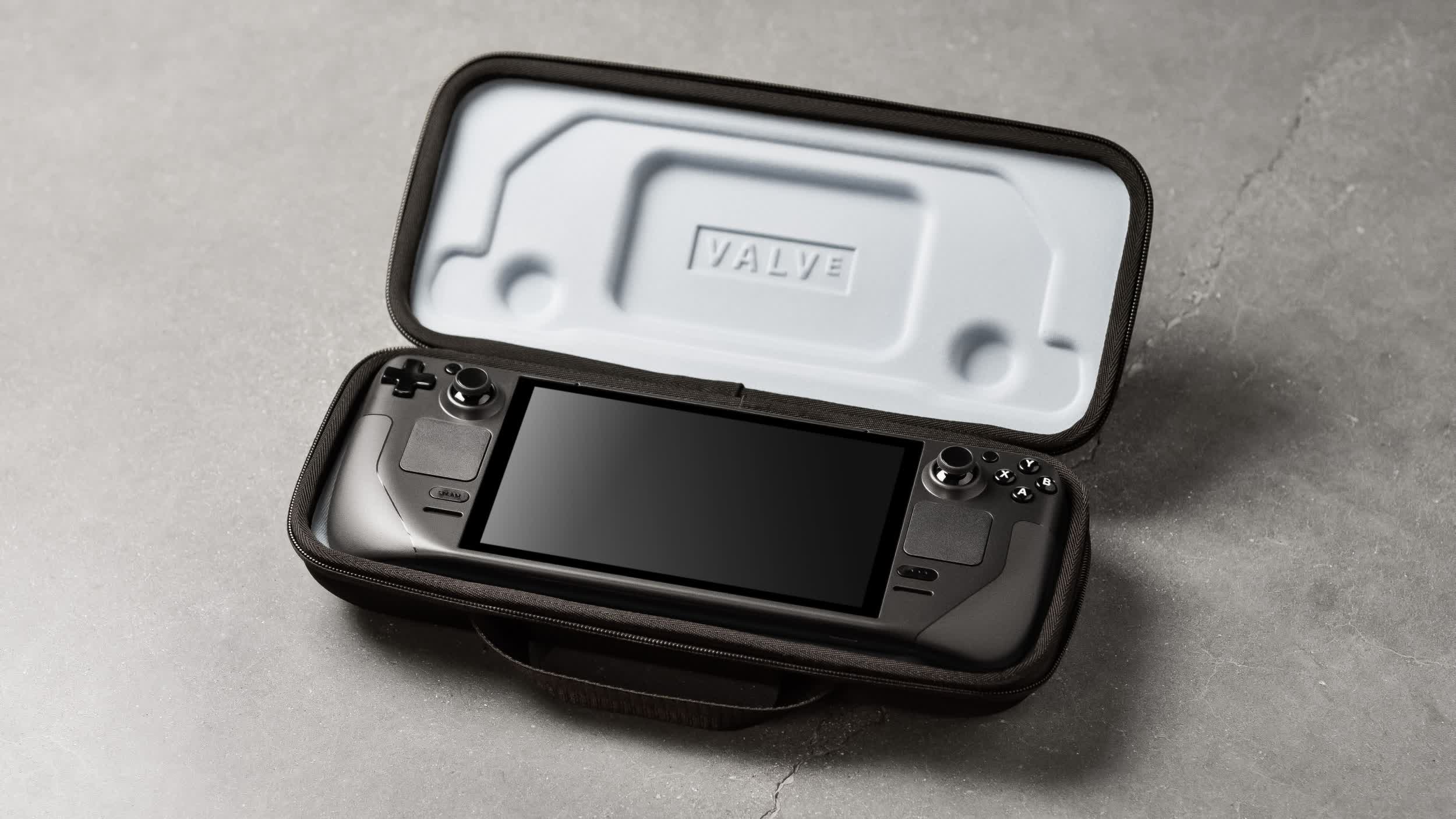Why it matters: While it's still months away from release, many people are comparing the Steam Deck to Nintendo's Switch, given that they're both handheld gaming machines. But one area where Nintendo has the edge is when its console is docked: the Switch gets a performance boost in this mode, while the Steam Deck won't.
Valve's Greg Coomer explained to PC Gamer that the company did consider adding a "higher power mode" to the Steam Deck that's activated when it's placed in a dock, "...but we didn't choose to make it a really high priority design target," he said. "We felt that it was actually better all things considered to not modify based on docked status or mobile status."
Valve has already confirmed that with the Steam Deck, which has a native 800p resolution, 30fps is "the floor of what we consider playable."
"We really wanted to prioritize for using it in what we thought would be the highest use case, which is actually mobile," Coomer continues. "And so since we were focusing on that, and we chose like a threshold where the machine will run well, and with a good frame rate with AAA games in that scenario. We didn't really feel like we should target also going after the dock scenario at higher resolutions. We wanted a simpler design target and to prioritize that."
The dock won't come bundled with the Steam Deck---it will be available separately for an as-yet-unannounced price---but a powered USB Type-C hub appears to work just as well, as Linus demonstrates below.
Steam Deck owners will be able to lower a game's settings or resolution like they do on a PC, which should improve its docked performance, and its open nature suggests users might eventually find ways to squeeze more performance out of the handheld.
Valve recently said that the experience it gained from its previous hardware endevors, including the notorious Steam Machines, aided in the Steam Deck's development. We also know that its UI is replacing Steam's Big Picture mode.
